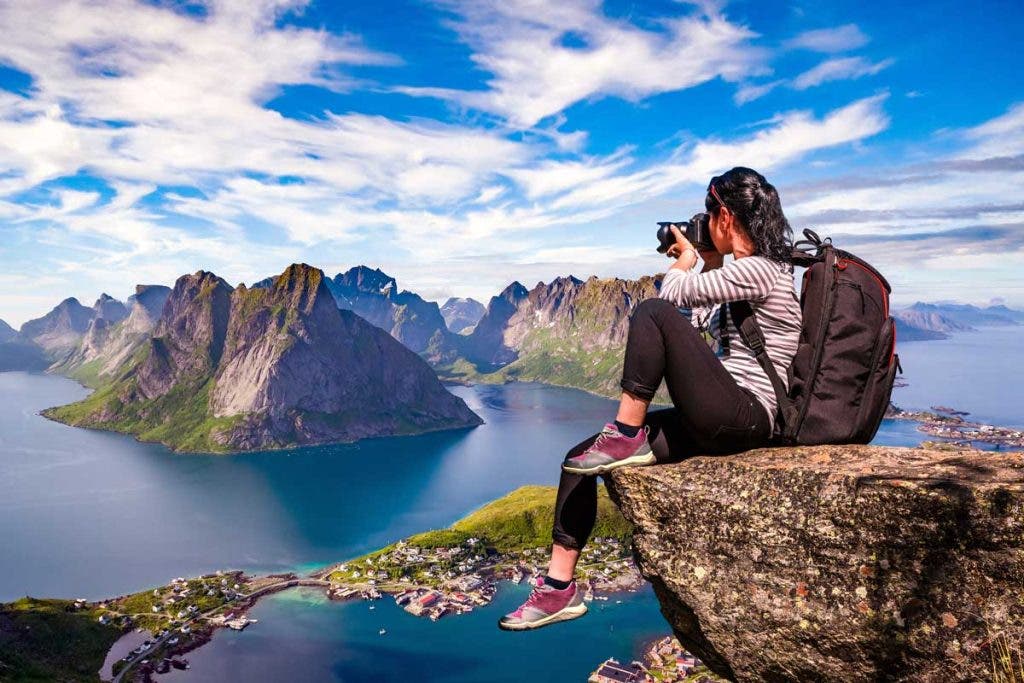For quite some time, journalists were expected to stick to the writing while photojournalists handled the images. But with the changing media landscape, it’s no surprise these roles have shifted. Today’s journalist is expected to be a writer, a photographer, and a videographer, all in one. Editors are often willing to pay writers extra — sometimes double or more — for high-quality images, so learning photography is definitely lucrative. In this article we will discuss how to make images travel editors will pay for.
While it may have seemed daunting initially, there’s no better (or easier) time to be a photographer. Today’s cameras and high-tech lenses make shooting on the scene doable for even new-to-photography journalists.
Here, I’ll highlight some of the tips I’ve learned from pitching photographs with my travel stories.
Invest in the Right Camera
I invested in the Sony Alpha series early, and these cameras continue reaping rewards. Sony Alpha cameras take incredible video (a main focus for my business), but they also capture wonderful still images, particularly portraits with the 55mm Zeiss lens.
If you’re just dabbling into the world of photography, you may be better off with an easier-to-learn camera such as the Sony Cyber-shot DSC-RX100 VII. This compact, lightweight camera is great for travel journalists; it packs up easily, but also delivers top-notch and high-resolution results.
Know What Travel Editors are Looking for
Before you take off for your trip or assignment, look through the publication to understand what their images look like so you can replicate. Are they bright and airy? Do they get full-body shots of their subjects, or just portraits from the shoulders up? Also, do they crop a certain way for feature images (e.g., super wide)? If it’s helpful, write out a quick cheat sheet for yourself to remember these must-dos so your photography and editing is spot-on and aligns seamlessly with your goal publication.

Capture a Variety of Photographs
Don’t have the “one and done” mentality. When it comes to photographing for travel publications, variety is essential. Capture food from a few different angles, and make sure to get more than just food, but the restaurant exterior and interior. If you’re gathering great details from a bartender, ask to take their photograph (and get their name and correct spelling). With variety in mind, you’ll also want to get multiple angles of said bartender: some candids pouring beer, a few portrait shots, etc.
Understand Depth of Field
You don’t have to go crazy learning every single thing about your camera in the beginning, but there is one absolute must-know for travel photographers: depth of field. I’m talking blurry backgrounds with your subject in focus (which I realize is much easier to achieve now with the iPhone’s portrait mode).
To capture this type of shot — a must for food and beverage photography, wildlife, portraits, and just about anything with a subject — turn your “f stop” to the lower numbers (e.g., f/2.8 or f/4.5 instead of f/22). This opens the aperture which lets more light in, so you’ll need to balance it out by lowering your ISO or increasing your shutter speed (the faster the shutter speed, the less light your camera lets in). The final effect is a sharp, in-focus subject with a soft blurred background. (To understand this process a bit more, check out this full post dedicated to aperture.)

Learn to Edit Your Travel Photos
You don’t have to go crazy with your editing, but a few basics like slightly increasing contrast or leveling out the white balance will take your photos up a notch. There are dozens of software options to choose from. On mobile, you can use apps such as Snapseed or A Color Story. On desktop, Adobe Lightroom is a favorite among professional photographers, but you can also use inexpensive or free software such as PicMonkey to make slight adjustments.
Dabble in Video
While initially you’ll want to focus on one new skillset — photography — you should also give video a try. It’s becoming absolutely essential for digital publications, particularly in the travel space.
Fortunately, most cameras these days have built-in video functions, so while the daunting task of true filmmaking may seem cumbersome (another post for another day!), simply switching to video mode for key moments such as the Changing of the Guards in London or bread baking in Paris will get you the results you need.






